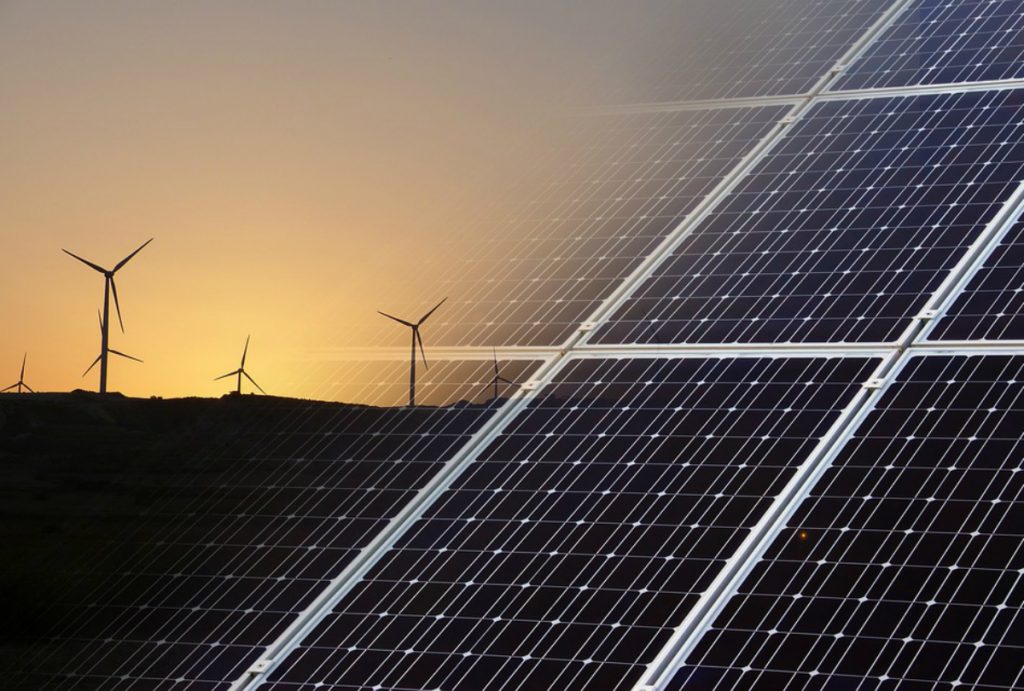
By Marie-France Gravelle and Tej Gidda
As global energy demands rise and the effects of climate change intensify, countries like Canada are facing unprecedented challenges in managing their energy systems. With energy demand expected to double in the U.S. by 2035, Canada’s energy landscape is evolving in parallel, with its own distinct opportunities and obstacles. Canada’s energy transition is shaped by its vast natural resources, existing infrastructure, and the need for resilient, climate-adaptive systems. Below, we explore key aspects of this transition, from managing rising energy demand to balancing mitigation and adaptation strategies, the role of natural gas, and ensuring energy resilience.
Energy demand growth: challenges and opportunities
In Canada, the anticipated growth in energy demand mirrors trends in the U.S., with an increasing reliance on electricity driven by population growth, electrification, and industrial development. While Canada benefits from a wealth of natural resources – hydropower, wind, and solar potential – it faces unique challenges in integrating these renewable sources into a reliable, nationwide grid. Provinces like Quebec, Manitoba, and British Columbia, where hydropower accounts for a significant portion of electricity generation, have a clear advantage. Hydropower provides a strong foundation for expanding clean energy capacity and contributing to Canada’s decarbonization goals. However, provinces like Alberta and Saskatchewan remain heavily reliant on fossil fuels, creating regional disparities in the transition process.
The abundance of clean electricity also positions Canada as a key player in producing green hydrogen from renewable sources. Provinces that are rich in hydropower could lead in this area, while others could explore low-carbon hydrogen through technologies like carbon capture and storage. Canada’s role as a net exporter of electricity, primarily to the U.S., also presents significant opportunities. Increasing demand for clean electricity south of the border offers Canada the chance to expand its exports while advancing its own climate goals.
Despite these opportunities, challenges persist. Canada’s energy resources are unevenly distributed, with renewable-rich provinces needing to support regions still dependent on fossil fuels. Additionally, Canada must balance its domestic energy needs with its growing exports, particularly during periods of peak demand, such as cold winters. Ensuring grid stability and modernizing infrastructure are essential for Canada to meet this rising demand while maintaining energy security.
Balancing adaptation and mitigation in climate strategy
Canada’s climate strategy must balance two critical approaches: mitigation – reducing greenhouse gas emissions – and adaptation, which involves adjusting systems to cope with the inevitable impacts of climate change. Both are essential. Canada cannot reduce emissions without preparing its infrastructure for more extreme weather events, such as floods, droughts, or wildfires. Simultaneously, adaptation alone won’t suffice without a corresponding reduction in emissions to curb future climate change.
Investing in diverse renewable energy sources, such as wind, solar, and energy storage, is a key component of this dual approach. By diversifying the energy mix, Canada can reduce its reliance on a single energy source, such as hydropower, which is vulnerable to climate variability, including droughts and changing precipitation patterns. Nature-based adaptation solutions, such as restoring wetlands and forests, also offer dual benefits by enhancing resilience to floods and acting as carbon sinks to absorb emissions.
Protecting critical infrastructure – particularly the electrical grid – is crucial to building resilience. Hydropower, while vital to Canada’s energy system, is susceptible to fluctuations in water availability. Modernizing this infrastructure, along with integrating energy storage technologies such as pumped hydro energy storage, will help stabilize electricity supply during periods of disruption. Furthermore, upgrading natural gas distribution networks to incorporate hydrogen will support the decarbonization of sectors that are hard to electrify, while adapting current infrastructure to future energy needs.
The role of natural gas in Canada’s energy transition
Natural gas plays a pivotal role in Canada’s energy transition as a transitional fuel. As the country works to phase out coal and increase renewable energy sources, natural gas provides the necessary flexibility and stability. While renewable sources like wind and solar are intermittent, natural gas can serve as a reliable backup during peak demand periods or when renewable generation is insufficient.
Although natural gas is a finite resource, it remains crucial for balancing Canada’s energy mix. Canada is also exploring ways to decarbonize natural gas use, such as blending it with renewable natural gas (RNG) or low-carbon hydrogen. RNG, derived from organic waste, is increasingly supplying a portion of the gas distribution network, while hydrogen blending would enable cleaner combustion in existing natural gas infrastructure. These innovations will help extend the role of natural gas while Canada works toward long-term decarbonization.
Ensuring energy resilience in a decentralized grid
Canada’s decentralized approach to energy policy, where provinces have significant autonomy over their energy systems, presents both a challenge and an opportunity. While provinces like Quebec, British Columbia, Newfoundland, Ontario, and to some extent Manitoba, are rapidly advancing renewable energy integration, others are slower to transition due to political, economic, or resource-related reasons. This decentralization complicates efforts to coordinate a national strategy for energy resilience, particularly as climate-related events – wildfires, storms, and floods – become more frequent.
One solution lies in strengthening interprovincial energy integration. But is there a future where Canada will expand its transmission infrastructure so provinces with surplus renewable energy could supply power to those in deficits? This would require overcoming political and financial barriers, as exemplified by the ongoing challenges with the Atlantic Loop project, which aims to connect Eastern Canada’s grids.
Decentralization also offers resilience advantages. Distributed energy resources (DERs), such as microgrids and off-grid solutions, can reduce reliance on centralized power plants, minimizing the risk of large-scale disruptions. Smart grid technologies, which enable real-time adjustments to supply and demand, further enhance resilience. Indigenous-led renewable energy projects, particularly in remote or rural areas, also play a vital role in fostering local grid resilience.
A cleaner, more resilient energy future
As Canada navigates its energy transition, it must balance growing demand with climate adaptation, mitigate emissions, and ensure a resilient grid. The country’s natural resources provide a strong foundation for expanding renewable energy, but uneven resource distribution and climate risks pose significant challenges. By embracing innovation in energy storage, grid modernization, and decentralized systems, Canada can position itself as a leader in the global shift toward a cleaner, more resilient energy future.
– Marie-France Gravelle is GHD’s Vice President and Canada Leader – Future Energy
and Tej Gidda is GHD’s Vice President and Global Leader – Future Energy
Share This:





 CDN NEWS |
CDN NEWS |  US NEWS
US NEWS 




























